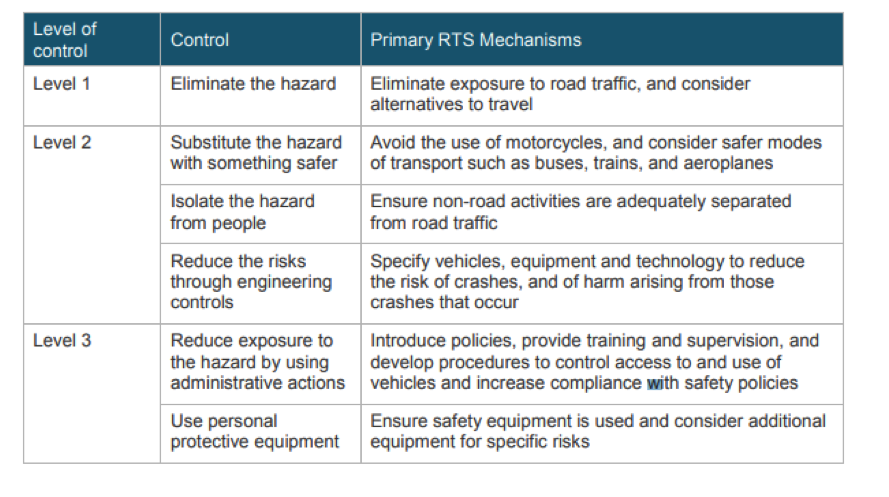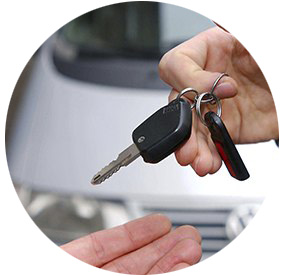Introduction
Australian state and territory Work Health and Safety and Road Safety authorities, the National Heavy vehicle Regulator and other key stakeholders have collaborated to develop a single, cohesive Work Health and Safety guide. This Guide is for firms, organisations and individuals who use vehicles for work purposes on the road networks of Australia or New Zealand.
The Guide was developed as vehicle use on public roads is the most significant contributor to work related traumatic injury and fatalities. From 2013 to 2017, 60 percent of worker fatalities involved vehicles.[1]
The framework has been designed to work alongside organisations so that they can develop or adapt their policies and procedures as to ensure they meet their obligations to provide a safe workplace.
Does this apply to me?
A person conducting a business or undertaking must ensure the health and safety of workers and other persons during their working hours. This means that a person conducting a business or undertaking must do all that is reasonably practicable to manage the risks associated with the use of vehicles, both on public roads and on private property.[2] The duty applies to vehicles on the road, no matter how far from fixed premises they might travel; whether the vehicle is owned by the firm or organisation, a worker or a third party. Furthermore, this duty is in addition to requirements under road traffic or transport regulations.[3]
This means that the business, company directors and workers all have a duty to ensure work health and safety within vehicles.
Directors must ensure that the organisation is complying with the Work Health and Safety laws. Therefore, people conducting business must manage road safety risks when their workers are engaged in travel on the road. Workers must also take reasonable care for their own and others health and safety, as well as co-operating with any reasonable policies, procedures and instructions.[4]
If you use a vehicle in relation to your work, this Guide will apply. If you are in management, it would be useful to review the vehicle work health and safety protocols currently in place at the business, and if you are a worker, ensure that you are aware of your responsibilities on the road and in vehicles.
What are the principles?
As a general rule, duty holders should ensure, as far as reasonably practicable, the health and safety of workers engaged. The Vehicles as a Workplace Guide hopes to ensure that this is carried out by the application of the following principles.
Compliance with Road Traffic Law
- Requirements in many states for road traffic law set a minimum requirement for safety of road users. The Guide hopes to ensure businesses go further, ensuring as far as reasonably practicable that vehicle operation is safe.
Managing Road Traffic Risks
- Organisations should identify hazards, assess risks, implement measures to control risks and review control measures using a ‘three level’ process.

- The Vehicles as a Workplace Guide developed a hierarchy for road use to eliminate, substitute or isolate hazards.

Establishing a Robust System Supported by a Culture of Safety
- Strong leadership and development of a safety culture are critical in establishing effective systems.
- Consultation with relevant stakeholders ensures everyone is aware of their responsibilities and that implemented processes are maintainable.
- Established planning and performance management should include a set of performance factors that relate to the different elements to be managed and allow for a quantitative evaluation of performance.
What do I need to do?
If you are responsible for a business, ensure that the relevant department has reviewed the Guide and makes any relevant changes to workplace policies, so that appropriate standards are met.
If you use a vehicle for work, make sure that you are taking appropriate precautions to ensure you are working within work health and safety guidelines. If you have concerns about this, speak to your relevant work health and safety department for assistance.
If you have any further questions please contact one of our experienced industrial lawyers on (08) 8410 9294 or with this form.
[1] Work-related Traumatic Injury Fatalities, Australia 2017, Safe Work Australia, 29.
[2] Vehicles as a Workplace – Work Health and Safety Guide, 1.
[3] Vehicles as a Workplace – Work Health and Safety Guide, 2.
[4] Vehicles as a Workplace – Work Health and Safety Guide, 1.

